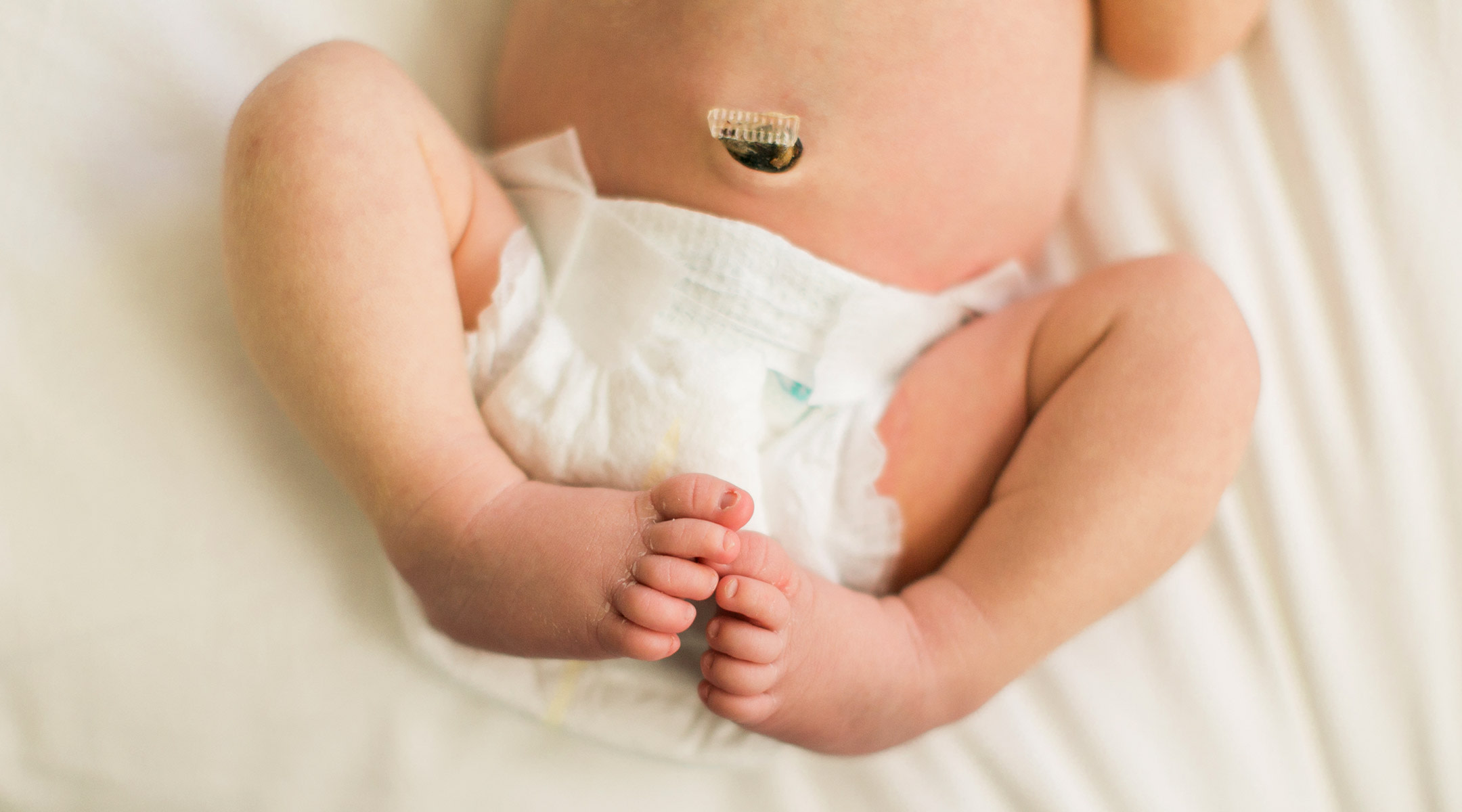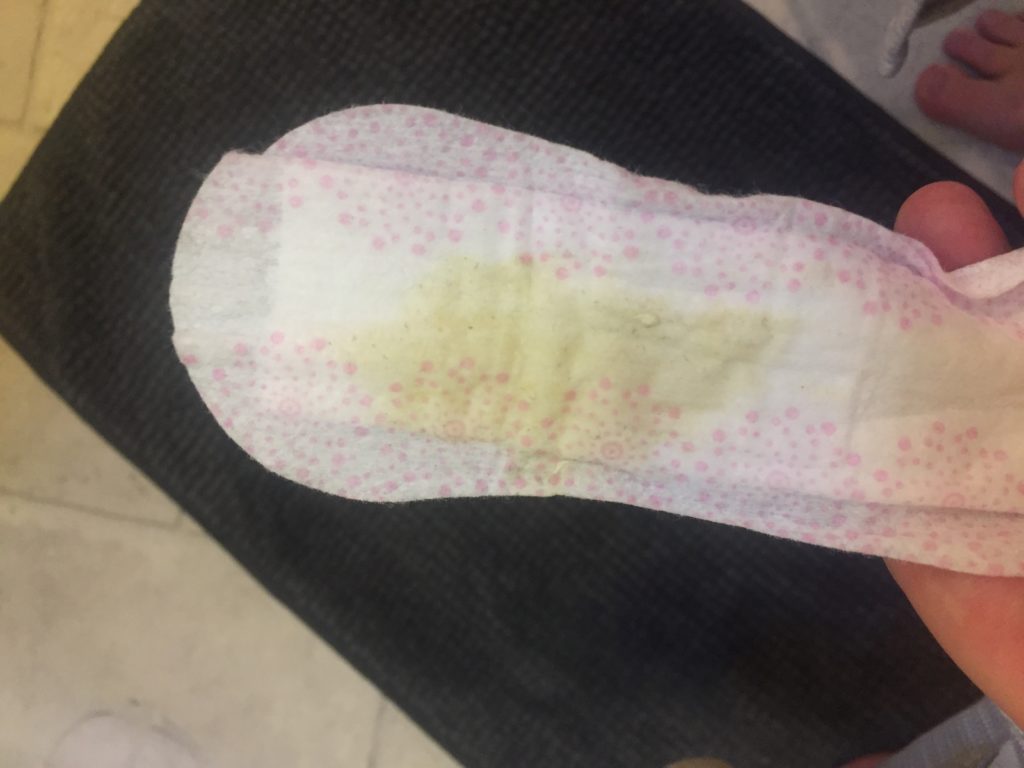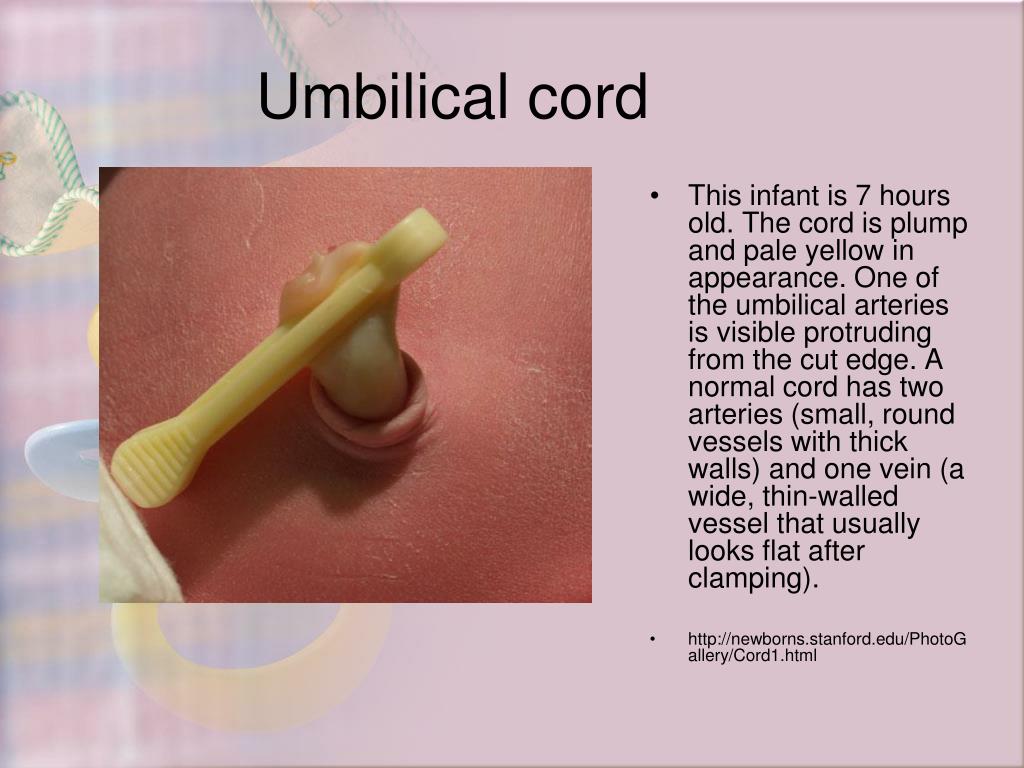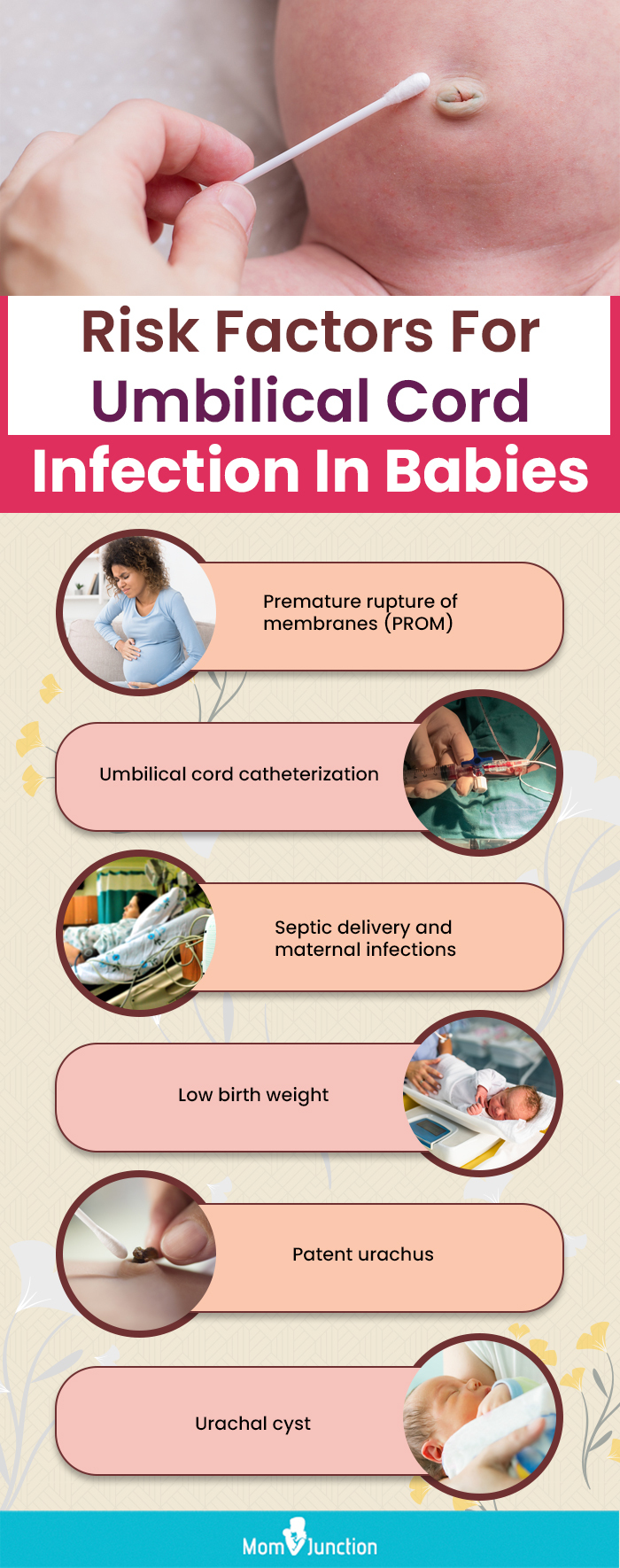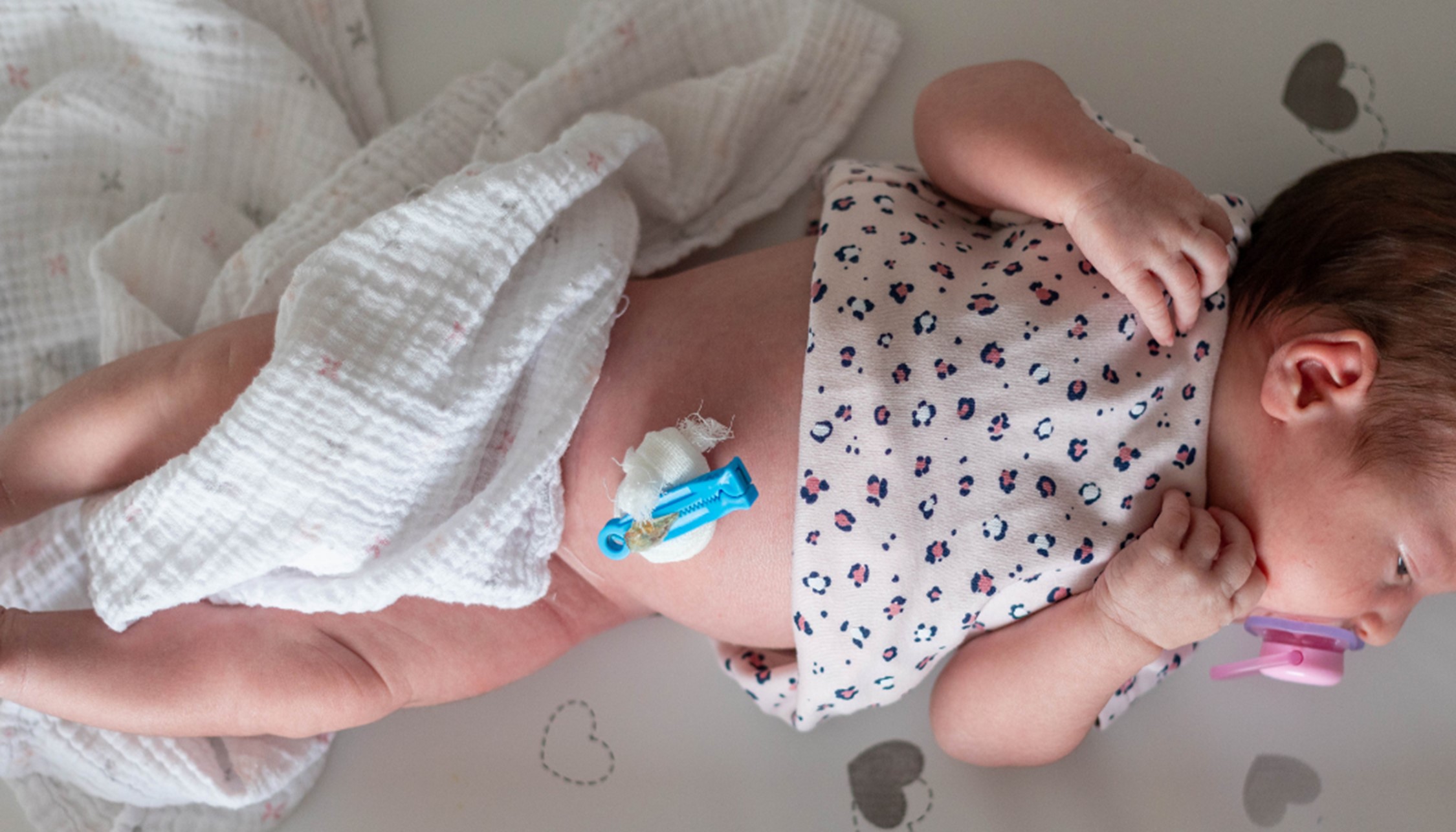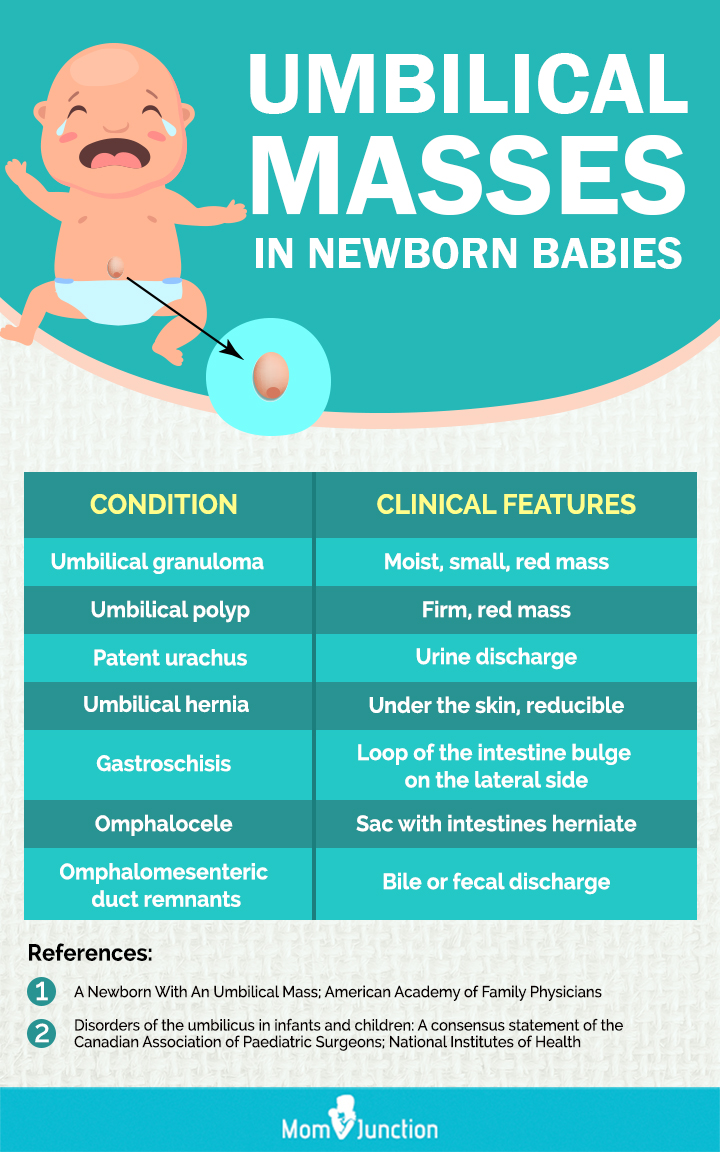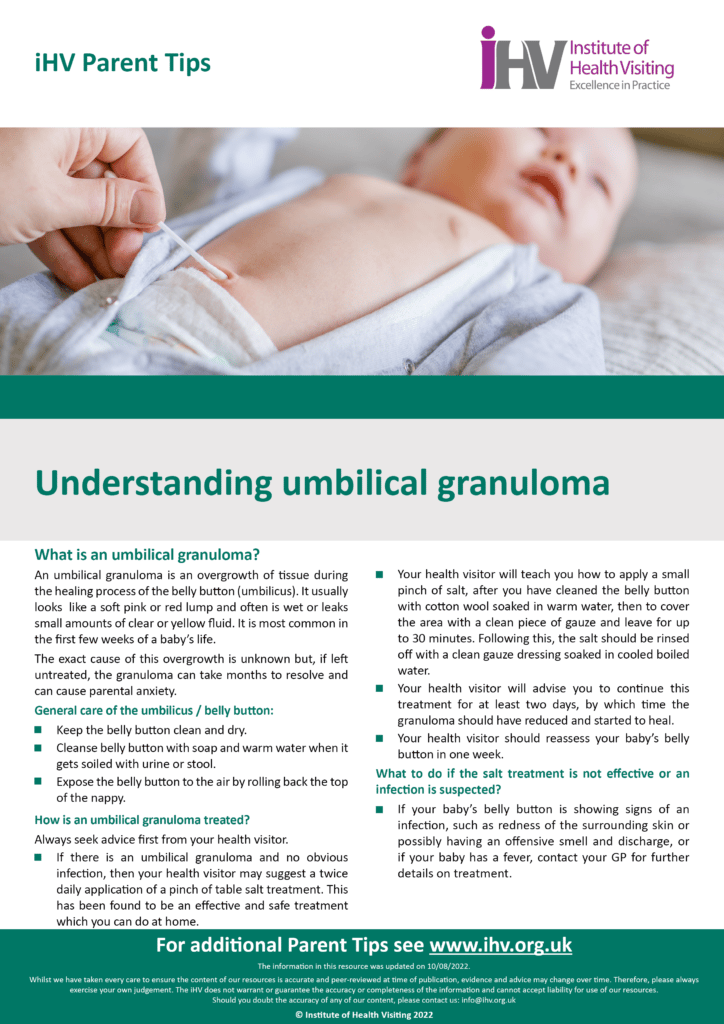Umbilical Cord Yellow Discharge
Umbilical Cord Yellow Discharge - Signs of omphalitis appear around the base of the stump and include redness or discoloration, hardened skin and yellowish. Redness or swelling near the base of the umbilical cord is typically a sign of infection. The redness sometimes spreads out. In some cases, you may notice yellowish fluid with a foul odor leaking from the belly button (navel), the site that marks where.
The redness sometimes spreads out. In some cases, you may notice yellowish fluid with a foul odor leaking from the belly button (navel), the site that marks where. Redness or swelling near the base of the umbilical cord is typically a sign of infection. Signs of omphalitis appear around the base of the stump and include redness or discoloration, hardened skin and yellowish.
Redness or swelling near the base of the umbilical cord is typically a sign of infection. In some cases, you may notice yellowish fluid with a foul odor leaking from the belly button (navel), the site that marks where. Signs of omphalitis appear around the base of the stump and include redness or discoloration, hardened skin and yellowish. The redness sometimes spreads out.
What Does An Infected Umbilical Cord Stump Look Like
In some cases, you may notice yellowish fluid with a foul odor leaking from the belly button (navel), the site that marks where. Redness or swelling near the base of the umbilical cord is typically a sign of infection. Signs of omphalitis appear around the base of the stump and include redness or discoloration, hardened skin and yellowish. The redness.
4 Solid Causes and Home Tips of Yellow Discharge Pregnancy
Redness or swelling near the base of the umbilical cord is typically a sign of infection. The redness sometimes spreads out. Signs of omphalitis appear around the base of the stump and include redness or discoloration, hardened skin and yellowish. In some cases, you may notice yellowish fluid with a foul odor leaking from the belly button (navel), the site.
Umbilical Cord Color
Signs of omphalitis appear around the base of the stump and include redness or discoloration, hardened skin and yellowish. The redness sometimes spreads out. Redness or swelling near the base of the umbilical cord is typically a sign of infection. In some cases, you may notice yellowish fluid with a foul odor leaking from the belly button (navel), the site.
What is an umbilical granuloma? How do we manage the umbilical
Redness or swelling near the base of the umbilical cord is typically a sign of infection. Signs of omphalitis appear around the base of the stump and include redness or discoloration, hardened skin and yellowish. In some cases, you may notice yellowish fluid with a foul odor leaking from the belly button (navel), the site that marks where. The redness.
Umbilical Cord Infection Causes, Signs, Risks And Treatment
The redness sometimes spreads out. In some cases, you may notice yellowish fluid with a foul odor leaking from the belly button (navel), the site that marks where. Signs of omphalitis appear around the base of the stump and include redness or discoloration, hardened skin and yellowish. Redness or swelling near the base of the umbilical cord is typically a.
Umbilical Cord Infections Infertility Portal
Redness or swelling near the base of the umbilical cord is typically a sign of infection. The redness sometimes spreads out. In some cases, you may notice yellowish fluid with a foul odor leaking from the belly button (navel), the site that marks where. Signs of omphalitis appear around the base of the stump and include redness or discoloration, hardened.
Umbilical Granuloma In Babies Causes, Treatment, And Care
Signs of omphalitis appear around the base of the stump and include redness or discoloration, hardened skin and yellowish. In some cases, you may notice yellowish fluid with a foul odor leaking from the belly button (navel), the site that marks where. The redness sometimes spreads out. Redness or swelling near the base of the umbilical cord is typically a.
Umbilical Cord Prolapse Nursing Interventions
In some cases, you may notice yellowish fluid with a foul odor leaking from the belly button (navel), the site that marks where. Redness or swelling near the base of the umbilical cord is typically a sign of infection. The redness sometimes spreads out. Signs of omphalitis appear around the base of the stump and include redness or discoloration, hardened.
Umbilical cord. Light micrograph of a section through an umbilical cord
Redness or swelling near the base of the umbilical cord is typically a sign of infection. In some cases, you may notice yellowish fluid with a foul odor leaking from the belly button (navel), the site that marks where. The redness sometimes spreads out. Signs of omphalitis appear around the base of the stump and include redness or discoloration, hardened.
This Parent Tips explains what could happen with your baby’s tummy button.
Redness or swelling near the base of the umbilical cord is typically a sign of infection. The redness sometimes spreads out. In some cases, you may notice yellowish fluid with a foul odor leaking from the belly button (navel), the site that marks where. Signs of omphalitis appear around the base of the stump and include redness or discoloration, hardened.
The Redness Sometimes Spreads Out.
Signs of omphalitis appear around the base of the stump and include redness or discoloration, hardened skin and yellowish. In some cases, you may notice yellowish fluid with a foul odor leaking from the belly button (navel), the site that marks where. Redness or swelling near the base of the umbilical cord is typically a sign of infection.
